If you are planning solar for your new home, you don’t want to get it wrong. There are some unique advantages you have from starting fresh. However, there are potential pitfalls you need to avoid. This article is going to give you five tips when considering a solar installation on your new build.
1. Rough In / Pre-Wire
If you want the cables from your solar installation hidden, this often needs to be performed before your internal walls are sheeted, (low set brick veneer walls are one exception). Every sparkie knows this. But we’ve found not every sparkie knows how these solar cables need to be run.
Solar cables in a home can reach up to 600V DC. They are different from all the other wiring in your house. Solar DC cable cannot be protected by installing a safety-switch or circuit breaker. The only time the cable is not live is when the sun is down, or the switch mounted beside your solar panels is turned off. For this reason, there are strict regulations about how and where Solar DC wiring is installed to prevent future damage to the cable.
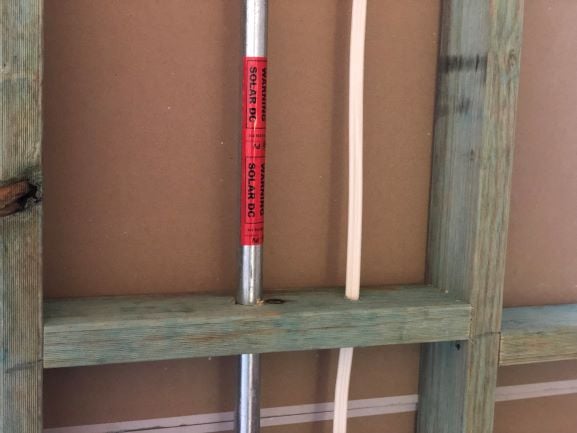
We strongly suggest you don’t accept a builder’s additional extra of a “Solar Pre-Wire” on their contract. Chances are it’s worthless. We talk with customers who have paid for a solar pre-wire every week.
Nine times out of Ten the “Solar Pre-wire” either:
- Wasn’t carried out by a Solar CEC Electrician
It’s not that you can’t use a normal sparky to do the job, it’s just that they may not be familiar with the solar installations. It’s not something they do day in day out. Solar cabling from the panels to the inverter is DC, which as previously mentioned differs from conventional AC. The same methods are not used for both, so it’s recommended to have a solar accredited electrician do the job. A lot of builders use their current sparkies to do the works. There’s no guarantee that the cable run can be used for solar. However, even if a Solar CEC Electrician ran the solar cable, there’s still no guarantee the cable was run correctly as per the AS/NZ3000 standards.
- Wasn’t run correctly as per the AS/NZ3000 standards
DC cable must be run in HD conduit, must be clearly labelled, and must be able to move freely inside the wall cavity. This part often isn’t done correctly. If it can’t move freely, the AS/NZ3000 standards are enforcing “mechanical protection” at a minimum of WSX3.

- Didn’t have adequate photos of the run
Let’s say the sparkie assures you that he used steel where required. That’s great – there’s a good chance we can use it. However, keep in mind the solar accredited electrician signing off on your solar system takes full responsibility for the internal wiring. They’ll want evidence. When I discuss new builds with people, they assure me provisions for solar pre-wiring is in their contract. However, when they go to find their contract to confirm, all that’s showing is a one-line item called “provisions for internal solar pre-wiring,” nothing else. You’ll be hard pressed to find a decent solar installer willing to put their license on the line without evidence that the wiring was installed correctly. Photos, a full explanation and a “certificate of test and compliance” would help. If you don’t have them, request a refund and try to arrange your chosen solar installer to do the works instead.
- Doesn’t have the correct cables we need
Most of the solar systems we install today take considerable design. It’s simple to prewire for a “stock standard” 6.6kW single phase string system. But the chances are this won’t end up being the system you choose to install. Sizes are increasing, and string paralleling is becoming more common. It’s best to have settled on a solar design before you run the cable for that system.
So to summarise, if you want your cables hidden in a wall cavity, it is best to have your desired solar installer to perform your initial pre-wiring. It will probably end up cheaper than having your builder do it. You’ll also know it will be compliant and usable.
2. Solar Panel Considerations
Maybe you have plans to stay in your new build home for more than ten years. If so, I would strongly recommend a panel with a low degradation rate. Spending a bit more on a quality panel may be a good financial choice even if all you take into account is the panels degradation rate.
Superior panels brands will maintain their production values far into the future. This gives you an overall higher yield and therefore higher savings. The longer you stay in your house, the more likely this will happen. Since a new build generally means you are looking to make this your “forever” house, you should strongly consider a high-quality panel with a low degradation rate.
Degradation isn’t the only thing to consider to justify the price variance. (Unless of course you are comparing cheaper PERC panels that suffer from LeTID). But the price variance of quality panels is also justified by product warranties, low light and high temperature performance, tolerance to shade, durability, testing standards, company stability, panel efficiencies, and longevity. In so many ways these factors protect your solar investment.
If your new build is a “flipper” and you’ll sell it again in several years, then paying more for lower degradation may not apply. You may choose to save upfront and purchase a mid-range panel. These still come with all the great testing standards and quality control, but with a slightly worse degradation rate. It’s worth bringing all these points up during your conversation with your selected solar company. You’ll also want to talk to them about the location of other solar components
3. Solar Component Locations
Inverter
Building your new home gives you control over where some of your services are located, such as your switchboard and meterbox. The closer your solar inverter is located to the switchboard, the better. This is both to minimise voltage rise, and to minimise costs. Keep this in mind when your builder is planning the electrical wiring. Mention you are looking towards solar for your new build and would like them to take this factor into consideration. An ideal inverter location is a southern wall, or inside your garage. So having your switchboard here is beneficial both financially and functionally.
Monitoring
All solar systems we install are connected to the internet for monitoring. We do this either with WiFi or by directly hard wiring to your modem. With the current instability of WiFI, we always prefer a hardwired connection. So, after you have a suitable inverter location lined up, consider having a LAN cable (data cable) pre-wired to this spot. Then, on the day of installation, your inverter can be connected directly to your home network. I know many existing premises that would have killed for this ability. It’s not a necessary addition, but a nice touch to finish off your system.
Battery
While batteries still don’t have the best ROIs, they’re rapidly improving. We are recommending and installing the new battery ready Fronius Gen24 Inverters on nearly all of our installations now to prepare for this future. Why not also prepare with a fleshed out potential battery location during the solar pre-wiring as well? It could save a lot of cable run costs in the future, and keep this conduit hidden as well. There are also many rules and regulations regarding battery locations to consider such as fire proofing distances, air flow requirements, slab requirements, etc. This can be covered in future blog posts, but if you are looking to add a battery now or in the near future, it’s worth mentioning it to your solar installer to ensure you’re adequately prepared.
4. Roof Design
You probably don’t want to design your new build home around solar, but there are simple tweaks you may be able to make.
- Where possible, design the most northern orientation of your roof as one clean roofline. This allows you to run long straight rows of panels
- Have plans for antennas, satellite dishes etc. to be installed on your southern roof, away from the likely location of future solar panels.
- Minimise ventilation pipes, skylights etc., in prime locations where solar panels will thrive.
- Understand where any potential shading may be coming from. Discuss with your builder plans to minimise their effects on your roof.
- If you are unsure about any of this, ask a solar company to help you out in the planning stage.
5. Single or Three Phase Supply?
Most new small to medium homes are wired with single phase – or one live wire. It’s usually only larger houses with ducted air-conditioning that have three phase power. But when considering solar, you may want to go three phases even if the home you are building is modest.
You may want to go three phases even if the home you are building is modest.
This is because, in Queensland, single phase houses can have 10kW of inverter capacity and only 5kW of Solar export to the grid. Three Phase can have up to 15kW export to the grid. Since current Feed-In Tariffs are quite reasonable, it makes financial sense to install a system as big as your roof can take. (See Mark’s blog on this concept).
So, if within your build period your electrician gives you the option of supply type, I would be pushing for three-phase every day of the week. Even if you don’t take advantage of it to install a 15kW + system right off the bat, you will open up a wider variety of future options.
Additionally, a three-phase system may help your home with a more stable voltage. A stable grid voltage is better for your appliances and may allow your inverter to produce more. (Mark discusses this further in his blog on voltage rise.)
And finally, although the regulations are still in their infancy, car charging looks a lot more flexible on three phase. Faster, unrestricted car charging on three phase should put another tick in the “just give me a three phase connection” box.
Closing Thoughts
Designing a new build home takes a lot of time; you often don’t want to add solar to your mental workload. However, adequately preparing for solar during the build stage has clear benefits. If you have the time and head space to do so, I would strongly encourage it. Pre-planning the inverter location, wiring while the walls aren’t sheeted, roof obstacle considerations, etc., are just a few of the things that are going to benefit from decent preparation. A good installer will be able to help and guide you each step of the way. So, if you’re in SE QLD looking to build a new house, drop us a line.
Ben Neville
Technical Sales Manager
MC Electrical

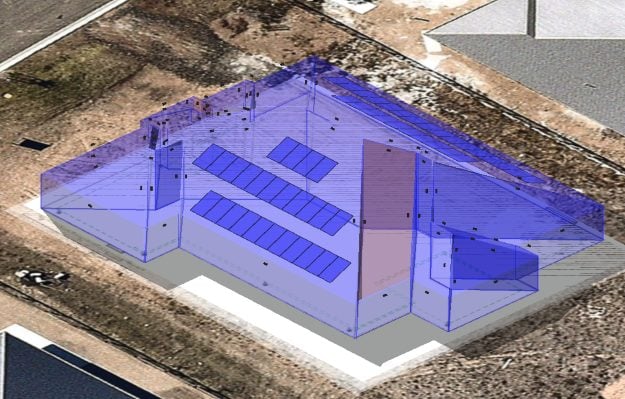
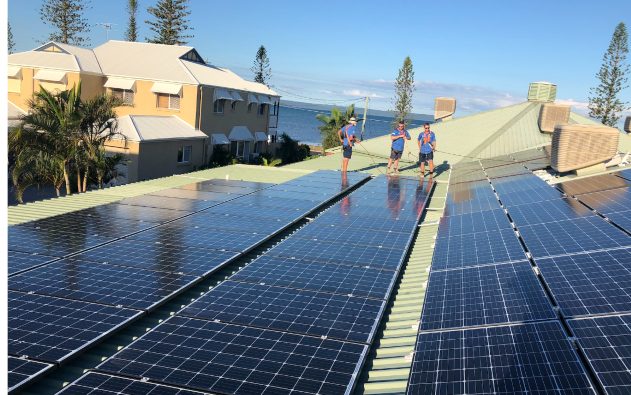
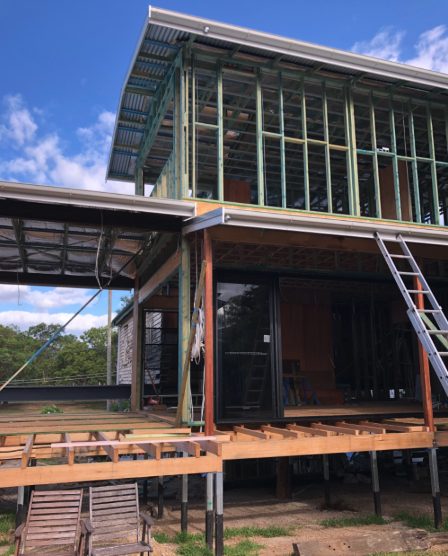







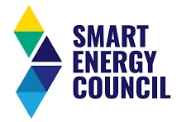
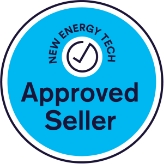
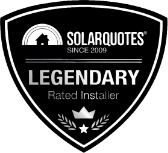

8 Responses
Ok, I think they might be overquoting for 3 phase which is typical for newbuild alterations. It’s just two more cables, costing maybe $10 per meter for 2, and a bit bigger conduit etc. I might be missing something.
Hi Mark, Going 2 phase as it has been quoted a couple of thousand cheaper than 3 phase connection and 2 single phase systems couple of hundred more than 3 phase system. 2 phase over single to get 10kw export limit and currently Tasmania has 10kw DC system max on single phase. Standard suburban block. Thanks Michael
Hi Michael, Why 2 phase? It won’t help you with solar. Cable size is dependant on cable length and load. Always overkill because you never know what the grid will do, and you don’t want to contribute to the problem. If it is a standard suburban block, 3 phase 16mm is comfortable overkill.
Hi Guys, I am planning solar into my new build and have decided on 2 phase with 6.6kw on each phase what mains cable size would you recommend. Thanks Michael
Guys, this is one of the best blogs in relation to our industry I’ve seen, well done, setting the standard way high!!
Hi Ben, I’m putting together a comparison table atm for Enphase vs string vs optimisers. Here are my points as the devil’s advocate. First point, I agree Enphase have been reliable – but will they outlast a string inverter? Time will tell. Meanwhile, you have power electronics under a panel on your roof – should they start to fail. Second, Enphase has strong points but you definitely pay a premium if you don’t need or want the bells and whistles. Third point – and it’s sometimes significant… Voltage rise is usually a bigger problem with Enphase because the cable run is longer and smaller.
Many thanks Ben very informative and I will be calling your company as soon as I am ready to go for a solar installation, Many thanks again Regards Will
What about Enphase IQ microinverters, Ben? Plug-n-play, lighter cabling, tree-structured topology, safety, reliability in numbers, longevity and performance with no single point of failure. String inverters fail; micros have a longer lifespan where a failure only affects a single panel and does not bring down the entire solar PV system. Low voltage DC-to-AC conversion versus high voltage DC conversion. Guaranteed PID-free. Enphase.com is the way for Distributed Generation of power. AC is inherently more reliable.